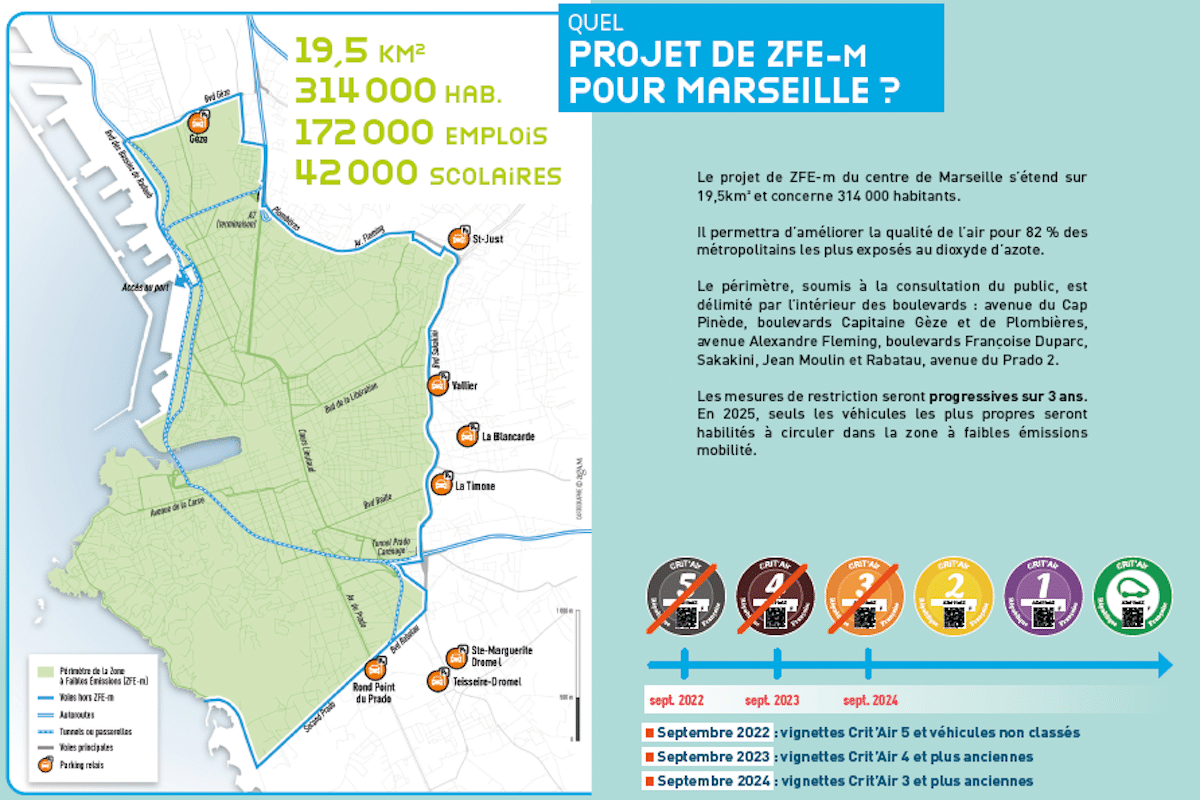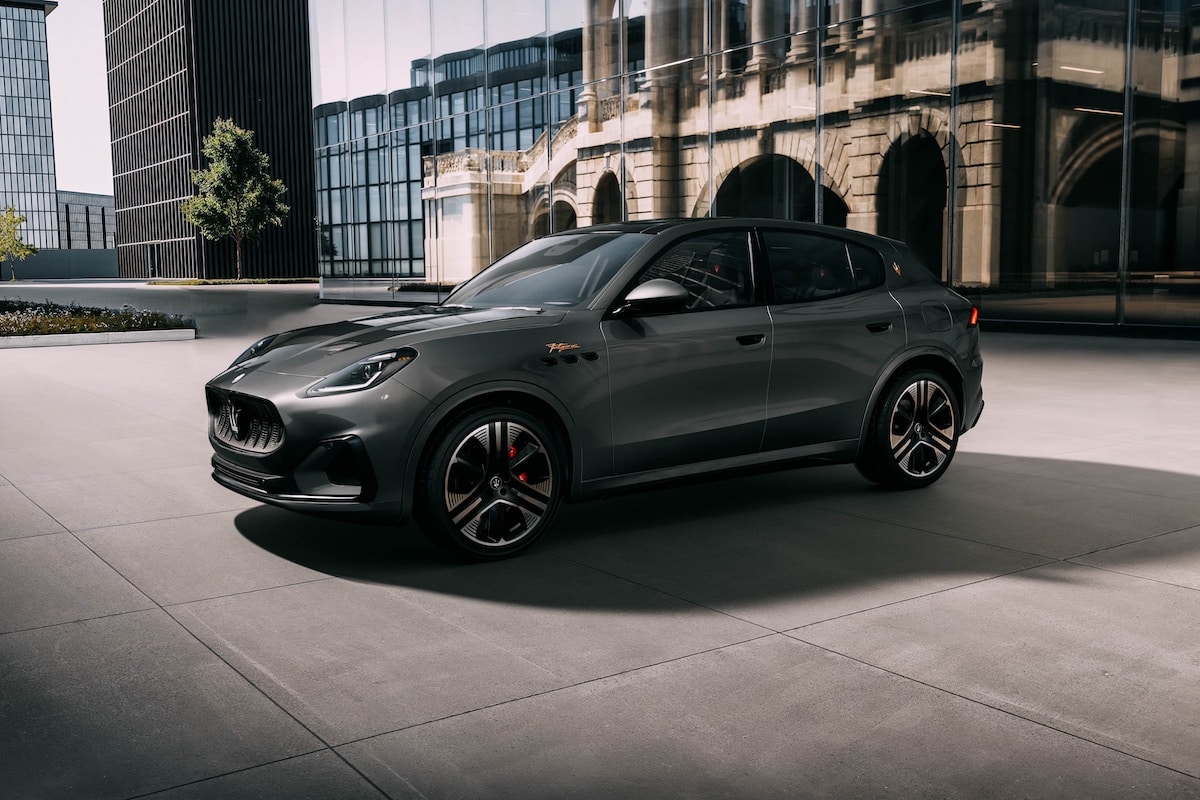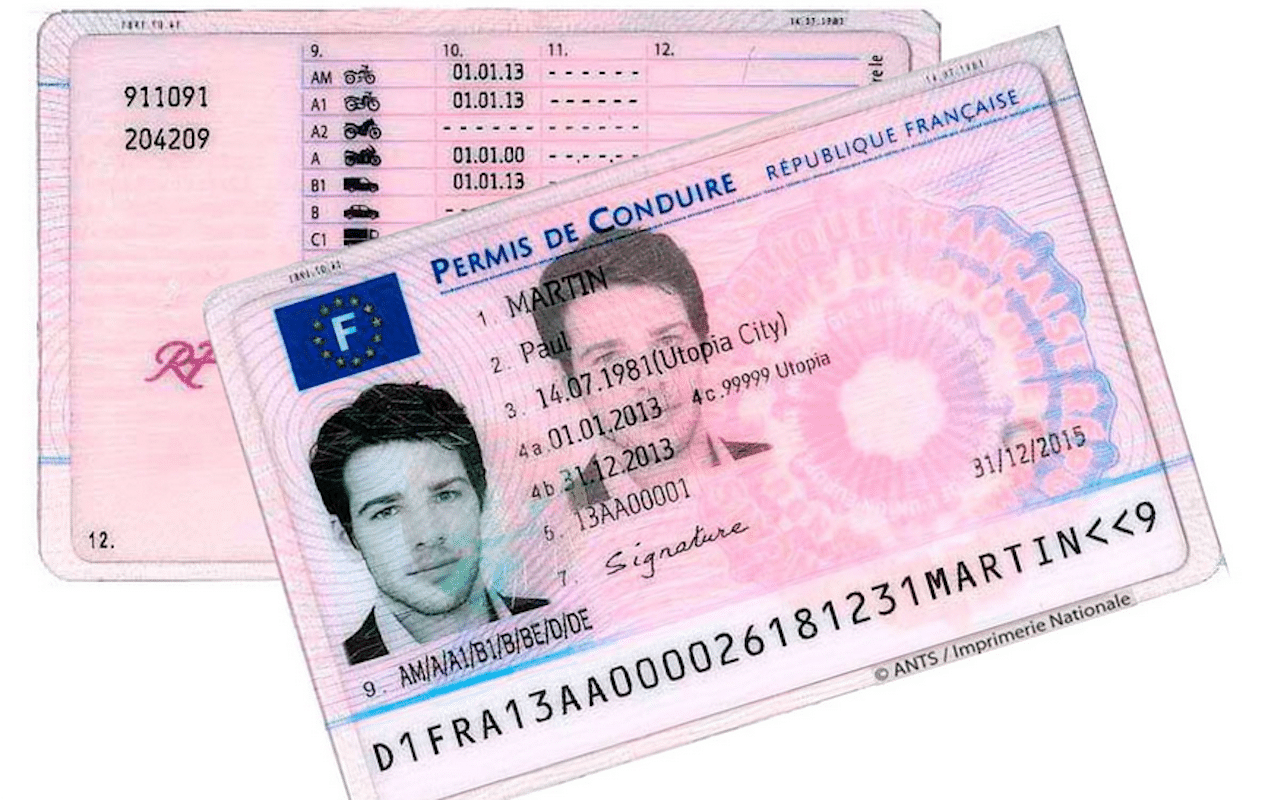ZFE-M in Marseille, a blow to the most modest?

BNP Paribas Mobility issues a warning in its latest report on Low Emission Zones for mobility in the Aix-Marseille Metropolitan Area.
While the Mobility Orientation Law mandates Low Emission Zones for mobility (ZFE-m) banning the circulation of polluting vehicles in 43 French urban areas, the overall inflation context and particularly the pressure on car prices and their use make the acquisition of so-called “clean” vehicles inaccessible to many households, and companies captive to the transition schedule. In this context, BNP Paribas Mobility has launched a Car Precarity Index that assesses and summarizes the risks of exclusion and the difficulties faced by territories in transitioning to recent vehicles. This index was calculated for the ten urban areas in the first wave of ZFE-m. The results concerning the Aix-Marseille-Provence Metropolitan Area have just been released.
To identify the zones and households most at risk of being affected by the ban on polluting vehicles, BNP Paribas Personal Finance created a car precarity index. Made in collaboration with C-Ways, it assesses and synthesizes exclusion risks and territorial challenges related to transitioning to recent vehicles. The index is composed of five elements:
- Household disposable income
- Proximity to the ZFE-m
- Proportion of vehicles potentially excluded from the ZFE-m
- Density of public transportation options
- Average annual mileage
Territories with the highest car precarity index are the most vulnerable, meaning those where the need to transition to recent vehicles is greatest and/or where the cost of transition is least sustainable.
Vehicles in the northwest neighborhoods of Marseille will be the most impacted by ZFE-m
From September 1, 2024, following the strengthening of the ZFE banning Crit’Air 3 rated vehicles (gasoline from 1997 to 2005, diesel from 2006 to 2010), 317,000 passenger vehicles that regularly circulate within the Aix-Marseille-Provence metropolitan area might no longer be authorized to do so. Among the 1.03 million passenger vehicles registered in the metro in 2023, nearly a third (31%) would therefore be affected.
We observe that Crit’Air 3 vehicles targeted by the ban are concentrated in the northwest of Marseille, areas where households with modest incomes are overrepresented.
Public transportation, which is plentiful in these zones, could thus serve as a replacement solution. Meanwhile, average car mileage is fairly evenly distributed.
The Crit’Air 3 ban in September 2024 would concern 33,000 light commercial vehicles (LCV), representing one-third (33%) of the 102,000 LCVs registered in the metro in 2023, as well as 18,000 heavy trucks, or 47% of the local fleet.
However, significant disparities exist depending notamment on the sector of activity and business size:
- Small logistics companies have 39% Crit’Air 3 and above vehicles
- Large construction companies report 10% Crit’Air 3 and above vehicles.
It should be noted that artisans and very small service companies using specially modified vehicles are particularly vulnerable, as are trades and roles requiring specific power (like cooling or lifting equipment), which are more difficult to electrify.
Electric transition: modest households in a dead end
While French inflation has slowed—consumer prices increased by 3.4% over the year in November 2023, compared to 4% in October according to INSEE—it remains one of the highest in Europe. This strongly impacts household purchasing power, especially among the most modest, as their constrained expenses account for a larger share of their budgets. Often, a vehicle is essential for commuting to work and maintaining family mobility.
As the contours of the government’s social leasing system for obtaining an electric vehicle in exchange for a 100-euro monthly rent are being clarified, it will still not be enough to meet the needs for fleet renewal and for modest households, for whom electric remains financially inaccessible.
The results of the Automobile Precarity Index for the Aix-Marseille-Provence area enable BNP Paribas Mobility to warn about the upcoming difficult situation for the most modest households, who are increasingly in a dead end in the face of the energy transition, and to mobilize efforts to support them. BNP Paribas Mobility is an ecosystem, a structure that provides all our clients with the expertise and know-how of our specialized businesses. By maximizing synergies, we formalize the organization, the range of offers, services, and advice available from our various subsidiaries.
ALSO READ: ZFE-m: a France not quite on point
This page is translated from the original post "ZFE-m de Marseille, un coup porté aux plus modestes ?" in French.
We also suggestthese articles:
Also read






